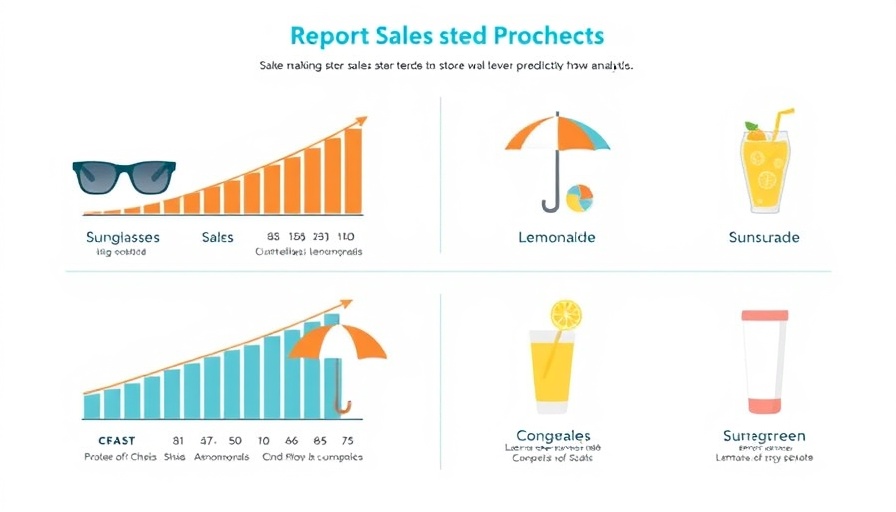
The Future of Time-Series Forecasting
In an era where data is king, effective forecasting can make the difference between success and failure for businesses. Time-series forecasting is crucial across various sectors, from retail to energy, enabling organizations to predict valuable trends and make informed decisions. Traditionally, developing a specialized model for each task required extensive expertise and time-consuming efforts. However, a game-changing innovation known as few-shot learning could revolutionize how we approach this task.
What is Few-Shot Learning?
Few-shot learning is an innovative approach that allows an AI model to learn from a limited number of examples and apply that knowledge efficiently. This contrasts with standard models that require extensive task-specific training, often leading to increased complexity and longer development times. Research conducted by Google showcases a novel method that enhances their previous model—TimesFM—transforming it into a capable few-shot learner. This conversion not only simplifies the forecasting process but also enhances accuracy by adapting the model to sets of relevant historical data.
How It Works
The updated model, referred to as TimesFM-ICF (In-Context Fine-Tuning), utilizes continued pre-training to process context from past forecasting examples at inference time. By integrating a unique separator token between different data sets, the model ensures clarity in trend patterns. This setup prevents mixing different data inputs—for example, sales data from multiple product lines—allowing the model to identify relevant trends without confusion. As a result, businesses can benefit from more accurate forecasts that account for recent data patterns.
Implications for Businesses
For professionals in sectors such as retail or logistics, this advancing AI learning platform promises significant implications. With AI tools becoming increasingly integral to business operations, integrating such efficient forecasting models can enhance decision-making processes. The ability to refine predictions using minimal data not only accelerates deployment but also reduces reliance on large, curated datasets, thereby democratizing access to advanced AI capabilities.
A New Era of AI in Business
The implications of few-shot learning extend far beyond just forecasting. They herald a shift in how AI is perceived within business operations, emphasizing adaptability and resourcefulness. As companies continue to evolve and embrace AI innovations, understanding these advancements can facilitate networking opportunities, leading to collaborations focused on AI education and business insights. The growing AI community encourages professionals to learn AI online, develop their careers in this field, and engage in valuable networking events.
The Road Ahead
In conclusion, as technology continually transforms our business landscapes, understanding advancements in AI forecasting models will provide companies with that essential competitive edge. Professionals must stay informed of updates in artificial intelligence, ensuring they are prepared for the future of work. As the AI landscape expands, it’s vital to engage with communities that support ongoing learning and innovation.
 Add Row
Add Row  Add
Add 





Write A Comment